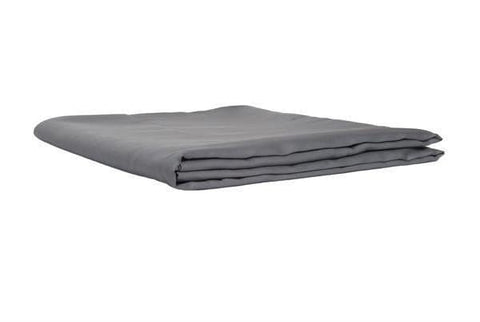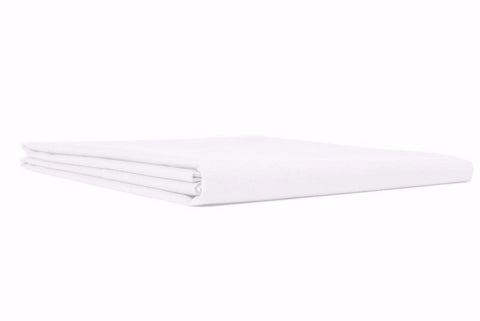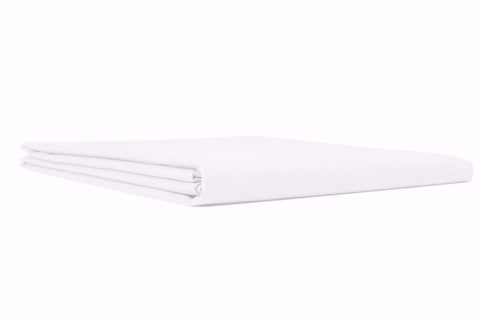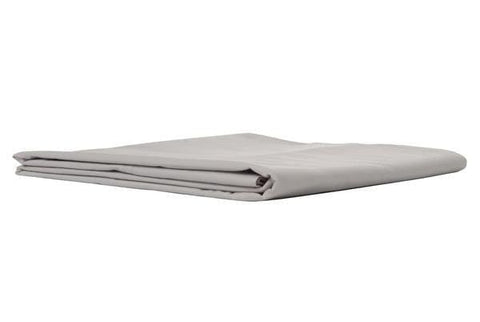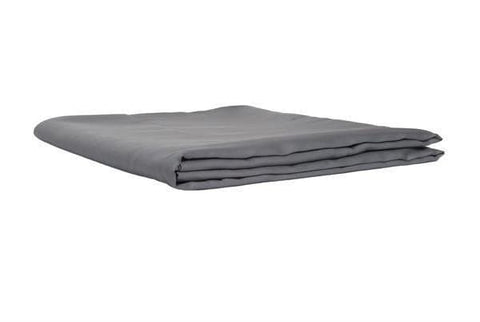Luxurious Winter Duvets
Feeling the cold now that winter has arrived? It could be down to your duvet. You need to choose the right winter duvet if you’re going to stay toasty warm and comfortable over the winter months, and there are a few things to consider that you may not have thought of.
To help you out, we’ve put together a list of all the things you need to consider about winter duvets before picking one, including a duvet tog guide.
The first and most obvious element to consider when choosing winter duvets is the duvet tog rating. The tog simply indicates the ability of a duvet to trap air and retain heat.
It follows, then, that the higher the tog, the more heat your duvet will trap and the warmer you’ll stay. The standard tog scale runs from 1 through to 15, though 4 is generally the lowest you’ll find in the UK.
4 to 7.5 tog duvets are the most lightweight, making them great for summer but generally not ideal for the winter months. 7.5 to 10 tog duvets are ideal for use in the spring and autumn months, but are also sometimes suitable for winter if you’re naturally quite warm at night.
And, as you’ll have guessed by now, any duvets over 10 tog are ideal winter duvets for those of us who feel the cold the most. These duvets are designed to retain as much heat as possible without being too heavy or thick, giving you the optimum winter cosy-factor. Find out more about how tog ratings work with our full guide to duvet tog ratings.
Based on tog alone you probably have a good idea already of which duvet you think you’ll need, but hang fire just a moment before you choose, as there are a few more things you need to consider first.
Fillings
When picking your new winter duvet you will need to make a choice between natural or synthetic fillings. This choice will be based on a variety of factors, including personal taste, your budget and any allergies you might have.
Natural fillings, such as goose or duck feather and down, are widely avoided by some allergy sufferers due to the small risk of allergic reactions or discomfort. However, if you don’t suffer from allergies then natural duvets are a great choice for winter, though they do tend to carry higher prices due to being luxury products.
Feather and down duvets are known to provide a higher level of warmth as they are naturally capable of trapping air. They are also able to maintain a higher level of warmth with slightly less thickness than some synthetic hollowfibre and microfibre duvets, which tend to be a little thicker for the same warmth.
However, this extra thickness has no bearing on weight. When natural and synthetic duvets of the same tog are compared, the synthetic duvets usually feel lighter, which is preferable for some. Synthetic duvets use hollowfibre or microfibre materials to trap air and retain heat, which is highly effective in winter. Microfibre is the most popular because it feels very similar to natural fillings, but is significantly cheaper to buy; perfect for those on a budget.
Your House
You’d be forgiven for not considering the type of house you live in before choosing a winter duvet, but this does affect the type you should buy.
Modern houses tend to have very efficient heating systems, double glazing and cavity wall insulation, all of which eliminate the need for a very warm duvet. Choosing a duvet of, say, 13.5 or higher tog in a house like this will just make you too hot at night, especially if you share your bed with a partner. Our advice in this situation would be to choose a tog of around 10, so you can maintain a more comfortable temperature.
If, however, you live in an older house with a more old-fashioned heating system, single glazed windows or less insulation, then you may find your house gets incredibly cold overnight even with the heating on. In this case a duvet with a 13.5 tog or higher would be much more suitable, even if you’re a naturally warm sleeper.
Duvet Size
This may sound daft (why wouldn’t you just choose a duvet that fits your bed size?) but bear with us. In most cases, the duvet that matches your bed size would be the most natural and suitable choice, but in winter it sometimes helps to have a bigger one.
Larger duvets are great for winter, particularly if you live in an older, colder house. The bigger the duvet, the more you can wrap around you and keep those chilly draughts at bay. Larger winter duvets are also ideal if you share your bed with a partner, as it means you can hog more of the duvet without actually hogging it. Bliss!
Got a duvet type and size in mind now? Head over to our duvet collection and browse our range of luxuriously soft natural and synthetic winter duvets in a range of tog ratings. Cue hibernation.






